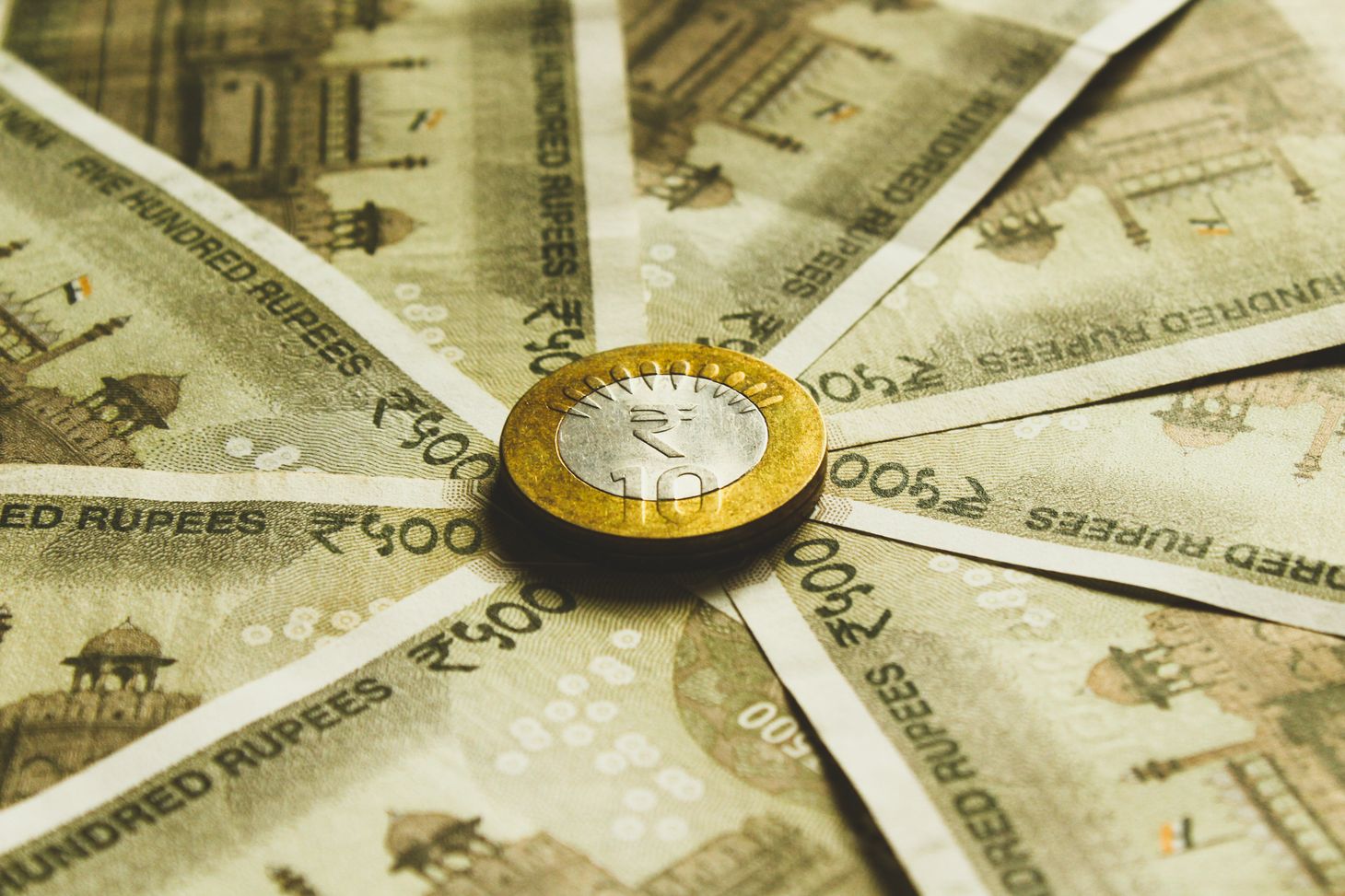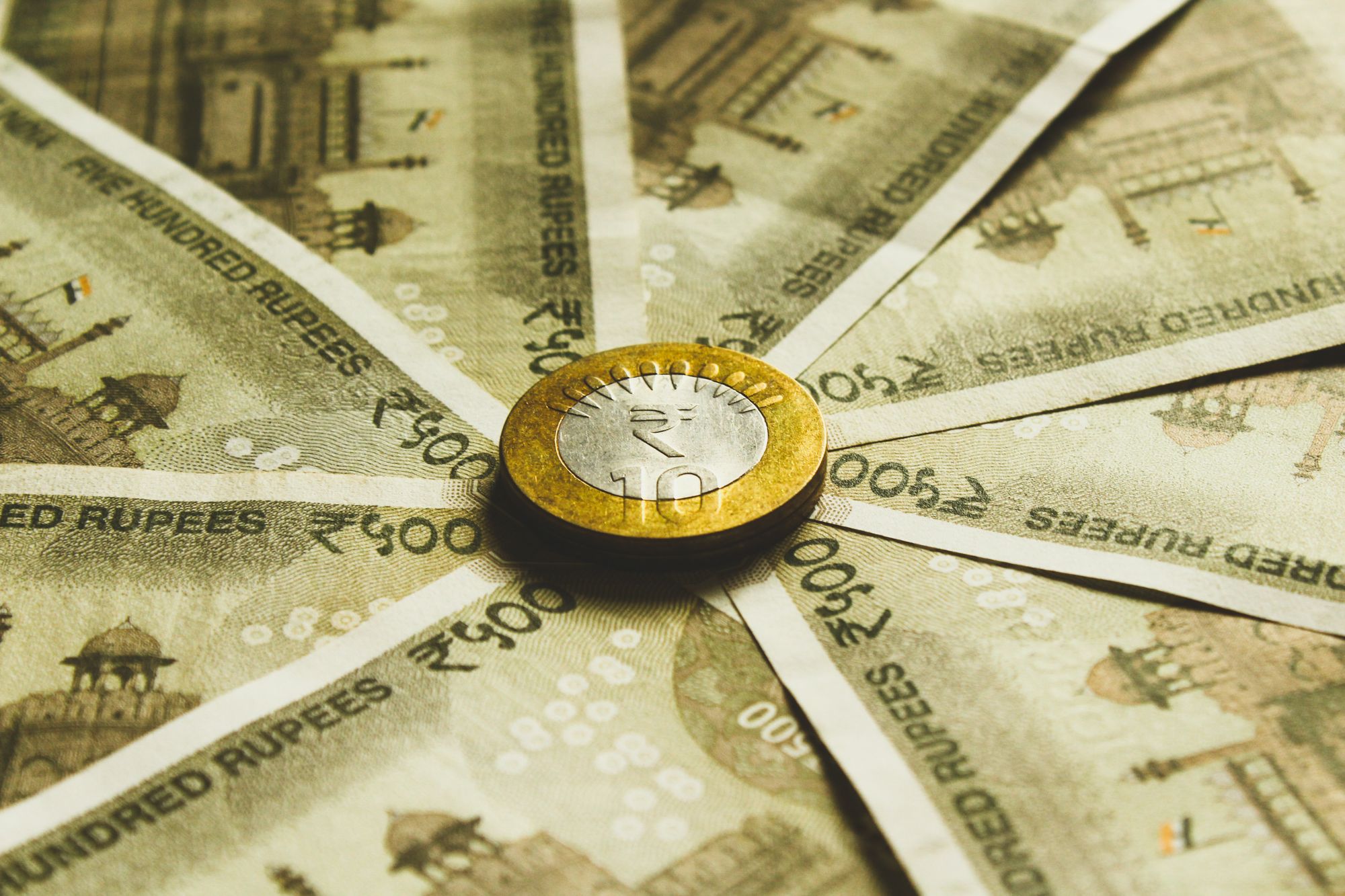Wealth accumulation & distribution cycles. Investment opportunity?

Table of Contents
“And once the storm is over, you won’t remember how you made it through, how you managed to survive. You won’t even be sure, whether the storm is really over. But one thing is certain. When you come out of the storm, you won’t be the same person who walked in. That’s what this storm’s all about.” ~ Haruki Murakami
Humanity is passing through extraordinary times. We are amidst a fight against a virus, which will change life as we know it. On a personal and societal level, we must rethink – hygiene, health, sanitation, travel, and many other facets of our lives. At the world level – leaders will have to reconsider topics like globalisation, healthcare, interdependence for essentials, and so on.
Being an ardent student of investing and a keen observer of society, this has been a time of intense rumination for me. As a human, I’m disturbed by the uncertainty, like most of us. As an investor in the markets, I’m enthralled by the heightened learning phase that is upon us, and the investing opportunity that comes with it. And finally, as a spiritual aspirant, I constantly try to remind myself of the highest truth – that everything is divinity, and that creation, preservation and dissolution are a part and parcel of life.
With the backdrop of these uncommon times – Via this note, I’m sharing my learnings with you. I hope you’ll enjoy them.
I’ll be covering the following (skip to a part by clicking on it) –
- Wealth accumulation and redistribution cycles.
- Where is India in this cycle?
- Considering the above and the effect of COVID-19, where lies the next investing opportunity?
Wealth accumulation and redistribution cycles

Everything in creation is cyclical.
In nature there is – day and night; summer and winter. Humans have – birth and death; highs and lows. Similarly, businesses and economies have – booms and busts; consolidation and diffusion. One cannot exist without the other. Day merges into the night, and as the night recedes – day announces its arrival.
Once we see an entire cycle play out, it becomes easier to spot the signs that signal its impending turn.
Over the past 40 years or so, no economic trend has been as prevalent as consolidation. The large corporations have consolidated to become larger and larger. The unending appetite for growth has driven firms to aspire for gigantic size and scale. Their fast-increasing size and scale gives them more and more power to provide better, faster and more diversified offerings, and hence their might compounds over time. On their way, they acquire or crush the competition, and gobble up even more market share and profits. In the times that we live in, Tech is an appropriate example of this – Apple, Microsoft, Google, Amazon and Facebook have become larger than the economies of many countries. But this phenomenon has repeated itself many times over in history. Just that each time, the industry was different.
This trend has had its influence in investing as well – growth investing has outperformed value investing for many years now; returns from passive index funds have beaten out returns from actively managed funds in most cases; and the phenomenon of investing in a great company at any price has become popular.
This trend of mass consolidation at an economy wide level, has led to concentration of large amounts of wealth and power in the hands of a few. And this has started to show in the data. “The world’s eight richest men now control as much wealth as the poorest 50%”
Too much wealth and too much power always brings complications. On the side of the incumbents there is fear of losing it and a desire to grow it more and more. And on the other side, those left behind often have the hunger of catching up and taking a larger slice of the pie.
In times of consolidation, the have-nots always outnumber the haves. They often feel a deep sense of injustice, and this sense of being left behind brings political change, which in turn brings economic and policy change. The best example of this is the election of Donald Trump as President of the US. His vote bank comprising mainly of blue-collar workers who have felt squeezed out due to rapid globalisation and shifting of their jobs to foreign countries with lower wage rates, in search of additional profits.
Demands like – breaking up the largest organisations due to trust issues, and increasingly regulating them to the point of slowing them down, start to appear. There have been calls for hiving off Amazon Web Services from Amazon, and YouTube from Google. And data privacy has become a geopolitical issue that countries discuss on global forums.
As situations like these gain steam, eventually the cycle turns from one of wealth accumulation to one of wealth redistribution; from consolidation to diffusion. Also, it’s we must recognise that this is nothing unusual. Even the phenomenon of rain is the same. Clouds take more vapour from large water bodies and distribute it evenly everywhere else especially to areas where there is a drought. The way I see it, big clouds have started to form.
Another sign of redistribution is that one of the world’s richest and most influential people (Bill Gates), pledging most of his wealth to philanthropy – through the Bill & Melinda Gates Foundation. And his friend Warren Buffett following suit.
Since it is an extensive cycle, it turns slowly. But I would argue that it will turn more quickly than most people expect. And once it does, it’s effects will show up in investing too – value investing will again gain steam, and actively managed funds will have better returns than passive index funds.
Since investing is about predicting the future, it can never be 100% accurate. An astute investor, however, should take the time to learn from history – what has been and what it tends to become.
“History doesn’t repeat itself but it often rhymes.”– Mark Twain
—
Note: Part 1 - Wealth accumulation and redistribution cycles has been inspired by this video.
Where is India in this cycle?

India is unique… like everyone else. Our nation has its own set of core competencies and its own set of problems.
On our theme of wealth accumulation and wealth redistribution – India is somewhere in the middle. At the individual level, accumulation has been very much prevalent, and here, there have been some rude policy shocks. Like –
- Demonetisation – rendering hoarded cash useless (presumably that on which tax hadn’t been paid),
- Increased surcharge on the income of the super-rich, and
- Taxing long term capital gains and dividends,
all policy moves, made to discourage building enormous personal wealth. So, at an individual level, wealth redistribution is clearly sought for by India’s policy makers.
But, alongside these strict measures for individuals, tax rates on corporate profits have been reduced. Large public-private business initiatives in Healthcare, Education, Banking etc keep getting reported in the news. The government’s desire to build large organisations also shows in the ongoing mergers of public sector banks to create fewer but larger banks (although that has much to do with the dearth of professional talent as well, even that feeds into the consolidation theme).
When we consider these moves in unison, the intent of the government rings through. They want business leaders to become more comfortable with building financial muscle within organisations, as opposed to taking it out to build ostentatious lifestyles. Their view is – as the years roll on, a well-capitalised large organisation keeps serving society, but even enormous personal wealth tends to get frittered away in luxuries over time.
Inefficiencies in smaller (especially legacy players) and public sector players continue to become opportunities for competing well capitalised private players. And well-run large organisations continue to take advantage to become larger still.
Hence, the wealth accumulation (or consolidation) trend seems to be going strong on an organisation level.
Policy makers continually examine ways to include those at the bottom of the economic pyramid in national progress. But it’s not just their job. Our job as responsible citizens is to support causes that pull at our heart’s strings. Everyone contributes differently – some do so with their time and effort, some with their financial resources, and others with their intelligence and connections. The perfect dish requires all ingredients in perfect quantities.
Individually (and as families), on the topic of wealth accumulation vs redistribution, we all need to reflect where we stand in that cycle. We must realise that – if there is a mound somewhere, there is bound to be a pit elsewhere. To bring about balance, wealthy people, of their own volition, must utilise their wealth for the welfare of the deprived sections of society.
As they say, “Beyond a certain point – don’t yearn to increase your standard of living, increase your standard of giving!
Where lies the next investing opportunity?

COVID-19 is nothing like anything humanity has experienced in recent memory. There is uncertainty around the depth, spread and duration of its impact.
If there’s one thing all markets hate – it’s uncertainty. This uncertainty around the economic and social impact of COVID-19, has brought extreme volatility to markets around the world. Foreign institutional money is running for the safest of safe assets – US government treasury bonds and selling off everything else. This excess selling in the stock markets has depressed prices considerably. Stocks of even the most incredible businesses are available at cheap prices.
Every investor who has liquidity at this point is faced with a conundrum – Will the market fall further? Should I buy now? If yes, what should I buy?
Let’s first enlist the risks faced by market participants –
- We don’t know till when the lockdown situation will last.
- We don’t know the extent to which businesses, supply chains and the financial sector will be hurt. This will have a direct impact on how long it takes for supply to come back into the economy.
- We don’t know what the general economic situation in the country will be like and how long it will take for demand to come back.
- What will the policy stance be like – taxation wise, infrastructure spending wise.
Now, once we are past this, what can we reasonably expect?
- India’s economy will definitely grow. Considering the policy focus, the demographic dividend we enjoy, and the rising wave of entrepreneurship.
- With rising geopolitical tensions, each country is becoming more and more cognisant of their own needs as opposed to those of others, and wants to reduce its dependence on others. Thus, the captive demand coming from India’s demographic is going to be a key driver of growth. Our economy has very low dependence on export, and that will play to our favour.
- The consolidation trend has wind beneath its wings so, large well-capitalised businesses have the best odds of surviving the storm.
- Since India’s growth story is stronger than almost any other country’s, in its dire search for returns foreign capital inflows will happen again.
Despite the above, most businesses are expected to have a bad year in terms of the profits they generate. Sure, some businesses will do better than the rest. Such businesses should come from – the consumption sector (everyone needs to eat), telecom (increased data usage), pharmaceuticals (for medicines) and the healthcare sector (hospitalisations and consultations).
Service sectors, banking, manufacturing, and infrastructure would slowly find their feet once this is over. Each in its own time. How quickly a business recovers will depend on how essential its offering is to human life and then to essential businesses. As and when demand returns, it’ll first flow to the essentials.
So, how can one invest in these times?
- One can buy index funds in a staggered manner. Example – a Nifty50 ETF. Bifurcate the amount you want to deploy into equal parts and invest it over a period of 6 months, buying at the dips. This strategy comes straight from our consolidation theme, that the large organisations will be the first to recover.
- If one has in-depth knowledge about a sector and how it behaves, its market leaders (those who have a competitive advantage over others) if their prices have fallen significantly can be bought, again in a staggered manner. Be sure to check that the company does not have very high debt. With a 3-year horizon these should do well.
- If one prefers commodities, gold can be bought. I prefer gold bonds to buying it physically, but you can take your pick. The rationale behind investing in gold is – global debt is over 3 times global GDP. This shall further increase due to the impact of COVID-19. As countries will be forced to borrow more. All this in tandem will lead to large scale currency devaluations, and when that happens, everyone will rush for the safest store of value… Gold. The question is – how long will this take?
One can even consider a combination of the above.
Finally, I would like to add – when we’ve held a stock for long, and in times like these its price has mostly fallen (significantly). We generally want to hold it, at least till we recover our initial investment. But this is imprudent. We must use the market wide depressed prices as an opportunity to buy the best businesses. Prices don’t fall so much without there being uncertainty, so don’t wait for it to pass, once it does, these prices won’t be available. While investing – it’s more important to make money, as opposed to making money in stock A or stock B.
Stebi Newsletter
Join the newsletter to receive the latest updates in your inbox.

